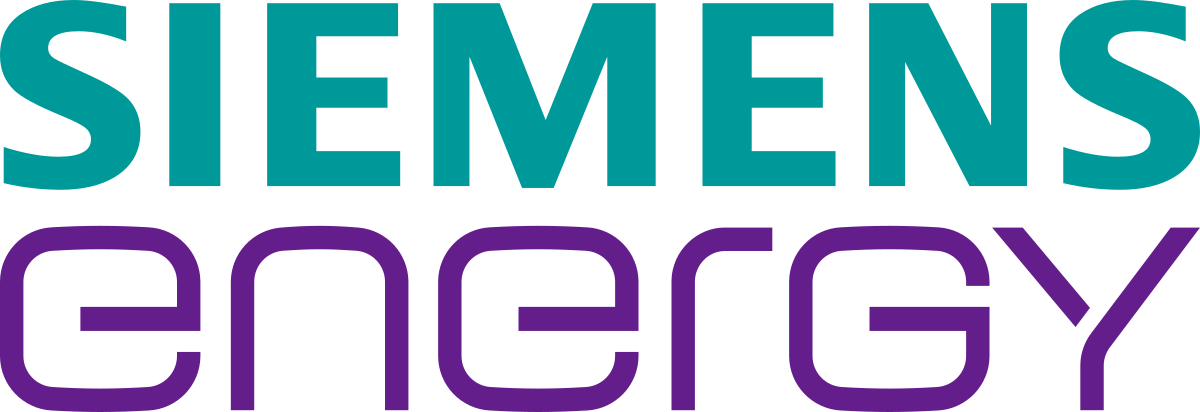
The world’s economic powerhouses are ramping up renewable energy capacity like never before. GlobalData estimates suggest wind and solar photovoltaics will lead the charge; in the United States annual additions are projected to reach up to 6GW for the former and 35GW for the latter, while in China annual additions will be even higher at nearly 60GW and 150GW respectively.
As wind, solar and other renewable energy sources make their mark on the grid, thermal power plants face an uncertain future. Figures from GlobalData reveal a striking decline in money flows to coal, oil and gas plants. From a high of approximately $160 billion in 2011, global annual investment in new thermal power facilities has fallen sharply. By 2030, these investments are projected to dwindle to around $70 billion – a stark drop to less than half of their peak level.

The retreat reflects the growing momentum behind the energy transition as governments and investors pivot away from fossil fuels toward renewables. Amid ambitious targets for net-zero emissions and clean energy adoption, thermal power plants risk becoming stranded, representing billions of dollars in potentially obsolete infrastructure. Owners need a strategy to manage legacy assets. Without one, they risk shouldering the financial burden of these costly relics in a world that has left them behind.
The solution: Rotating Grid Stabilizers
The integration of wind, solar, and other renewables introduces complex challenges for grid stability. The question of how exactly to replicate the reliability of traditional thermal plants – long the stalwarts of grid stability thanks to their ability to flexibly scale output up and down – remains open. Hence new solutions like Siemens Energy’s Rotating Grid Stabilizer (RGS) conversion are emerging. These can maintain grid strength while smoothing the transition towards renewables.
RGS solves intermittency in power grids by providing inertia and short-circuit power, essential factors for maintaining grid frequency and voltage levels. Unlike traditional power generation that must produce electricity to stabilize the grid, an RGS can operate independently of power production. When the sun fails to shine or the wind fails to blow, this flexibility is indispensable.
A key feature of Siemens Energy’s Hybrid RGS is the Synchro-Self-Shifting (SSS) clutch. This specialized clutch allows the RGS to instantly switch from power generation to grid stabilization mode. Critically, existing power plants can adopt Hybrid RGS technology to modify rather than replace infrastructure.
As RGS technology hits the market, the race is on to transform conventional power stations into hybrid grid stabilization hubs. One notable example of this shift is the Townsville Power Station (TPS) in Australia. Siemens Energy’s Hybrid RGS technology, deployed in partnership with Powerlink and RATCH-Australia, is transforming a plant designed for thermal power production to make it fit for the age of renewables.
Hybrid RGS in action: the RATCH-Australia case study
Powerlink is a major grid operator in Australia. Like many grid operators in advanced economies, they faced looming threat of waning grid stability as more renewables enter the country’s energy mix. After reviewing a number of solutions, Powerlink concluded the addition of a clutch onto the shaft between the gas turbine and the synchronous generator at RATCH-Australia’s Townsville Power Station was the lowest cost option to address potential shortfalls. As James Lee, COO of RATCH-Australia, points out, this was a win-win in both Powerlink’s effort to address shortfalls and RATCH-Australia’s drive to avoid stranded assets. “Townsville Power Station faces many challenges going forward,” he says. “The market is changing all the time. We’re trying to make this business viable and trying to monetise what we have on our side.”
Scheduled for completion in 2025, the installation of an SSS clutch will allow Townsville Power Station to switch modes and ramp up grid stabilization. The Hybrid RGS is expected to deliver up to 400 mega volt amps (MVA) of short-circuit power when in grid stabilization mode while contributing 250 to 1,000 megawatt-seconds (MW.s) of electrical inertia depending on its operational mode. By adding this capability, TPS will meet the Australian Energy Market Operator’s (AEMO) stringent requirements for grid stability – without relying on constant power generation.
RATCH-Australia’s implementation of Hybrid RGS at the Townsville Power Station brings a wealth of advantages. One obvious example for both RATCH-Australia and the surrounding Townsville community is it prolongs the station’s life: “we get to maintain the station, we get to extend our business and we also provide jobs to our existing staff,” says Lee. Additionally, the Hybrid RGS solution costs up to 50% less than installing a new synchronous condenser, allowing RATCH-Australia to ramp up grid stability at significantly reduced expense. It is expected to be up and running quickly and efficiently in the Summer of 2025, helping RATCH-Australia modernize its assets and supplying Powerlink with much needed grid stability in one fell swoop.
Siemens Energy as a strategic partner
Siemens Energy is the solution provider in getting the Townsville Hybrid RGS solution off the ground. And for other thermal operators in a similar quandary about their future, Siemens Energy has a range of options to choose from. The basic RGS conversion is the quickest and most cost-effective, ideal for providing moderate levels of inertia. A second, enhanced option incorporates scalable flywheels, increasing inertia significantly to support larger, more complex grids. Lastly, the Hybrid RGS configuration, as being implemented at TPS, offers unparalleled flexibility, enabling plants to switch instantly between power generation and grid stabilization modes.
By working with Siemens Energy, plant owners gain access to both engineering expertise and a wealth of experience in grid stabilization solutions. Siemens Energy has a history of success in similar projects. The conversion of retired steam turbine generators at the Killingholme power station in the UK, for example, has employed RGS with flywheels to deliver an impressive 2,574 MW.s of inertia – showcasing the viability of repurposed assets in supporting renewable-dominated grids. Siemens Energy’s insights into the nuances of grid stability positions them as an indispensable partner for thermal power plants looking to futureproof their operations.
Power plant operators must consider early engagement in discussions about grid stability needs and repurposing opportunities. They should talk to expert solution providers like Siemens Energy to assess the suitability of their locations and assets, paving the way for a future where stability, sustainability and resilience are complementary goals. Technologies like Siemens Energy’s Hybrid RGS must play a central role in any thermal power plant’s approach to asset management. “This is a good project for the station,” concludes Lee. “We are able to use our existing turbine and provide the system strength service to Powerlink at a much cheaper cost compared to a standalone system.”
To learn more about RGS, key technical details and why the benefits may be closer than you think, download the whitepaper on this page.



